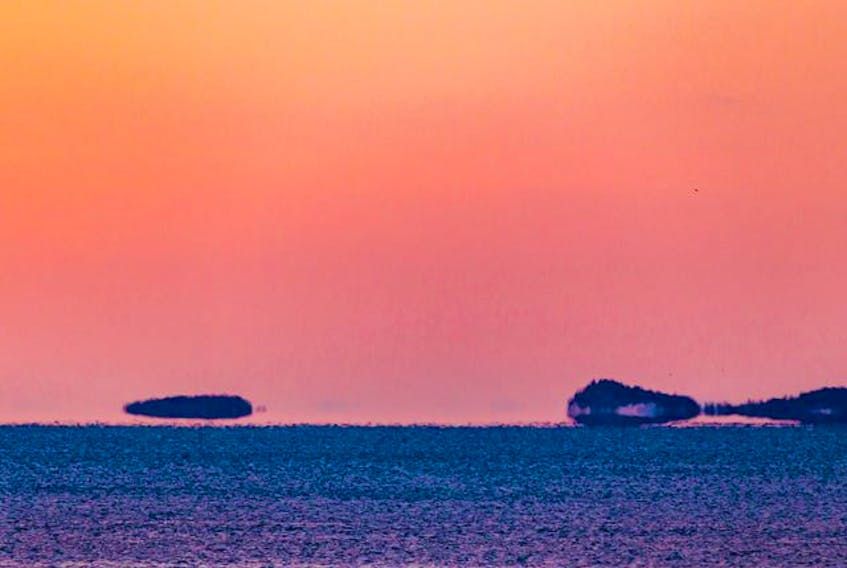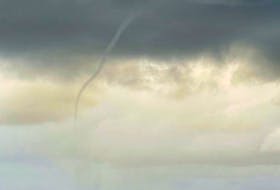The weather knows no boundaries. Weather systems are free to cross provincial and international borders: a storm, regardless of where it visits, is still a storm - with wind, rain or snow. Occasionally, storms or other weather events, have names that are unique to certain areas. When I moved to Atlantic Canada more than 20 years ago, I became aware of some interesting terms for local weather phenomena.
Perhaps because I grew up on a farm, the expression "loom up" was new to me, but the science behind the phenomenon was not. I’m told that the expression is commonly used on P.E.I., when "it looks as though you could spit on Nova Scotia."
By definition, the word "loom" means to appear larger. It describes a refraction phenomenon; depending on the specific atmospheric conditions, an object can appear to be elevated or lowered.
Looming is caused by the refraction of light through air layers of different temperatures. For this to happen, the air close to the surface must be much colder than the air above it. This condition is common over snow, ice and cold water. When cold air lies below warm air, light rays are bent downward toward the surface, tricking our eyes into thinking an object is located higher than it is. This effect can also make objects appear to be floating in the air and cause objects located below the horizon to appear above it.
Tuesday morning, when this photo was taken, a storm system was tracking offshore. The storm was carrying warmer air that slipped over the relatively cold water – ideal conditions for looming.
When I first saw the photo, I thought perhaps it was a Fata Morgana but that type of mirage significantly distorts an object, often to the point where the object is completely unrecognizable.
This rare photo is a beautiful example of a superior mirage.
If you’re curious about a weather-related event or phenomenon, don’t hesitate to ask. Send your questions to [email protected].
- Want more weather information? Visit your weather page.
- Have a weather question, photo or drawing to share with Cindy Day? Email [email protected]
Cindy Day is the chief meteorologist for SaltWire Network









